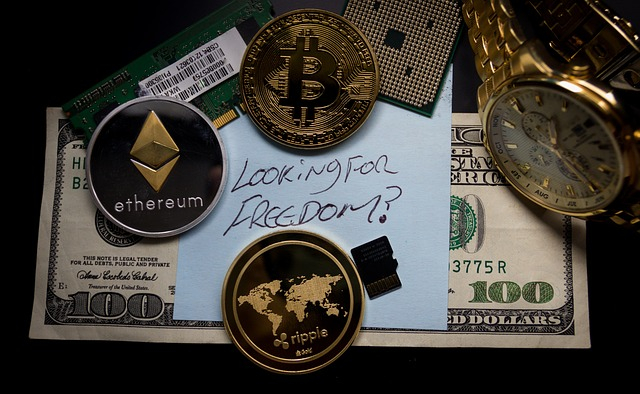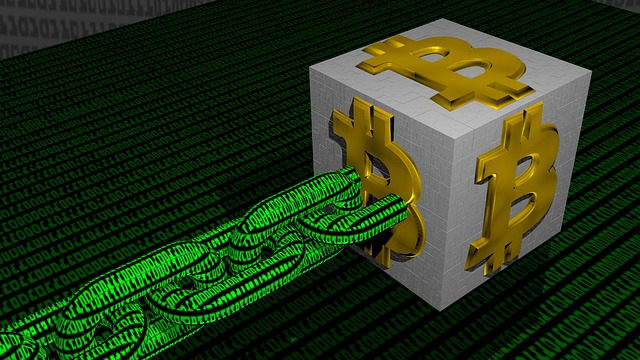Blockchain and the internet of things (IoT): How the technology can improve IoT security and efficiency
 In this scholarly exposition, we shall explore the burgeoning intersection of blockchain technology and the Internet of Things (IoT), a confluence poised to engender transformative repercussions for the latter's security and efficiency. By elucidating the potential synergies between these two cutting-edge technological domains, we aim to provide a perspicacious perspective on the manifold possibilities inherent in this dynamic confluence. 1. The Internet of Things (IoT): A brief overview The IoT represents a vast network of interconnected devices, ranging from quotidian appliances to sophisticated industrial machinery, that seamlessly communicate and exchange data. Despite the myriad benefits conferred by this interconnectedness, the IoT ecosystem is beleaguered by pressing concerns pertaining to security, privacy, and efficiency, which render it susceptible to malevolent actors and systemic inefficiencies. 2. Blockchain technology: A potential panacea for IoT challenges Enter blockchain technology, the decentralized, immutable, and secure innovation underpinning cryptocurrencies and a plethora of decentralized applications. The integration of blockchain technology within the IoT ecosystem holds the promise of ameliorating many of the latter's pressing challenges, as elucidated in the following sections: 3. Enhanced security and privacy through decentralization By leveraging the decentralized nature of blockchain technology, the IoT ecosystem can eschew traditional centralized architectures, which are vulnerable to single points of failure and malevolent attacks. The blockchain's distributed ledger ensures that data is stored across a multitude of nodes, rendering it resistant to tampering and enhancing the resilience of the IoT ecosystem. 4. Improved data integrity and traceability The immutability inherent in blockchain technology guarantees the integrity and traceability of data within the IoT ecosystem. Once data is recorded on a blockchain, it becomes indelible and verifiable, engendering trust in the provenance and authenticity of information exchanged between IoT devices. 5. Streamlined device management and communication Blockchain technology can facilitate the efficient management of IoT devices, obviating the need for intermediary third parties and fostering direct, peer-to-peer communication. Smart contracts, self-executing agreements that reside on a blockchain, can automate various processes within the IoT ecosystem, engendering enhanced efficiency and reducing the potential for human error. 6. Transparent and efficient supply chain management
7. Enhanced energy management and resource optimization Blockchain technology can engender improvements in energy management and resource optimization within the IoT ecosystem. By facilitating decentralized, peer-to-peer energy trading, blockchain technology can optimize the allocation and utilization of energy resources, while smart contracts can automate demand-response mechanisms, thereby bolstering the overall efficiency of energy systems. In conclusion, the confluence of blockchain technology and the Internet of Things (IoT) represents a fecund domain, replete with potential synergies that can engender transformative enhancements in security, efficiency, and overall system resilience. By judiciously integrating these two technological innovations, we may be able to surmount the manifold challenges that currently beleaguer the IoT ecosystem, ultimately harnessing the immense potential of interconnected devices to engender a more sustainable, efficient, and secure digital landscape. Article and video for topic: Blockchain and the internet of things (IoT): How the technology can improve IoT security and efficiency. Author: Jonathan Burroughs |





